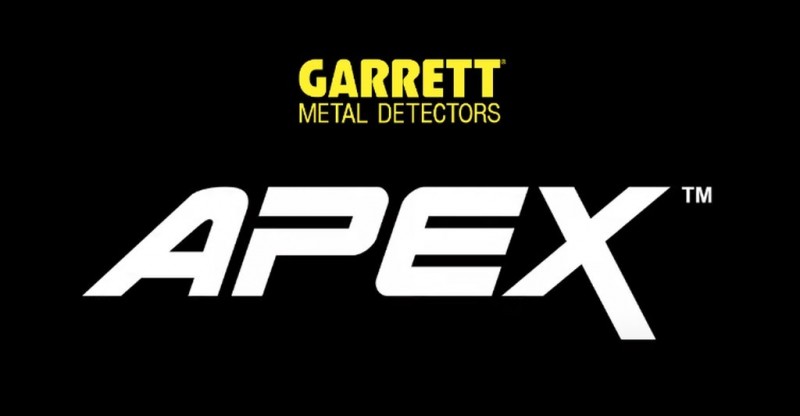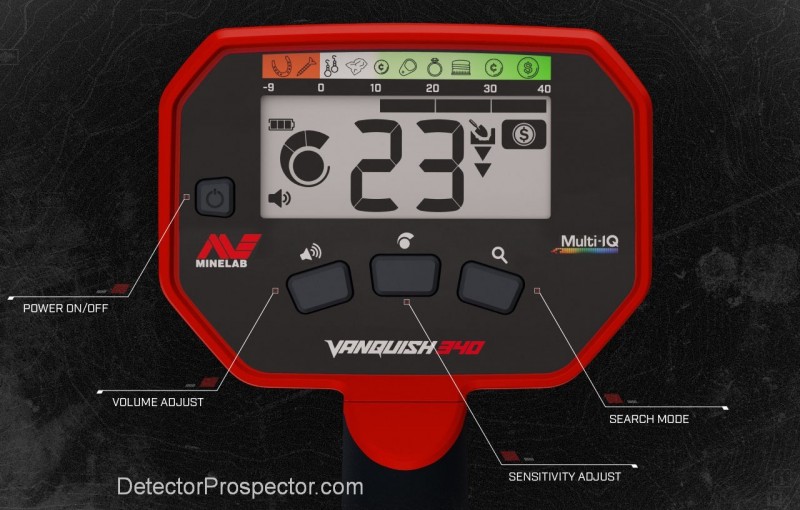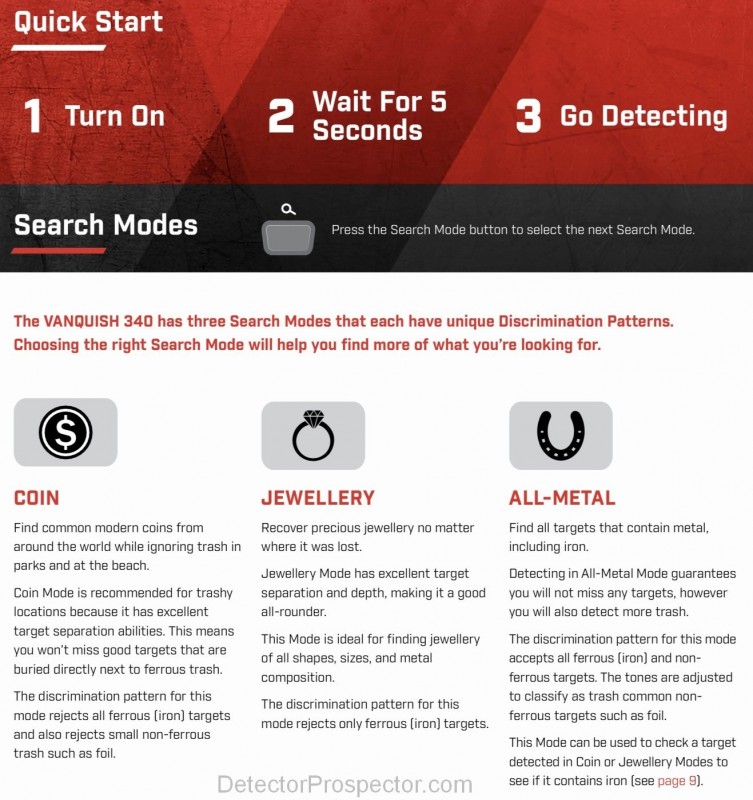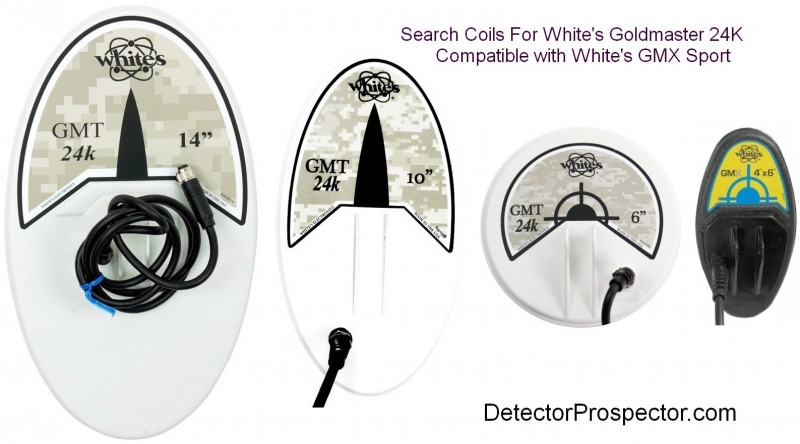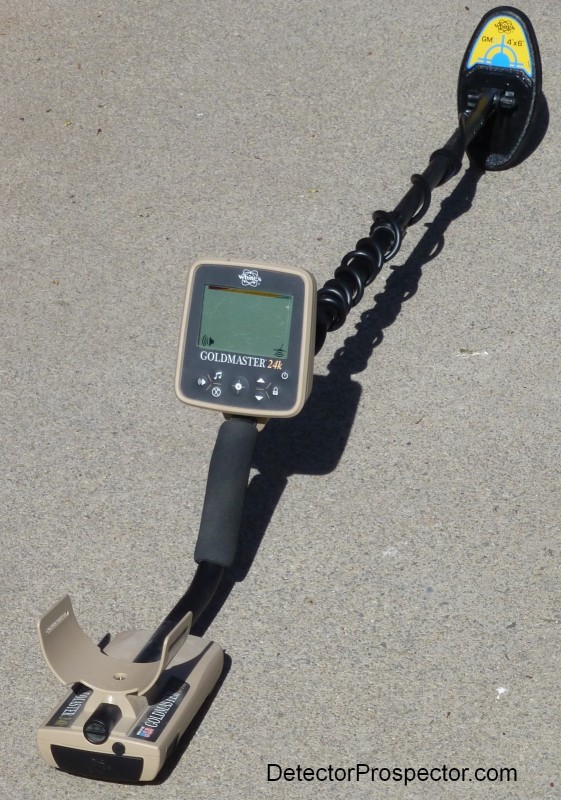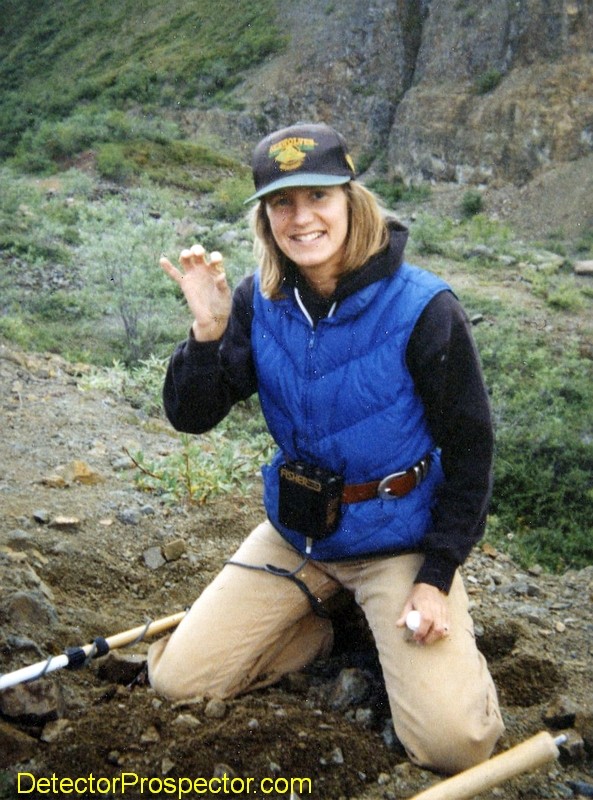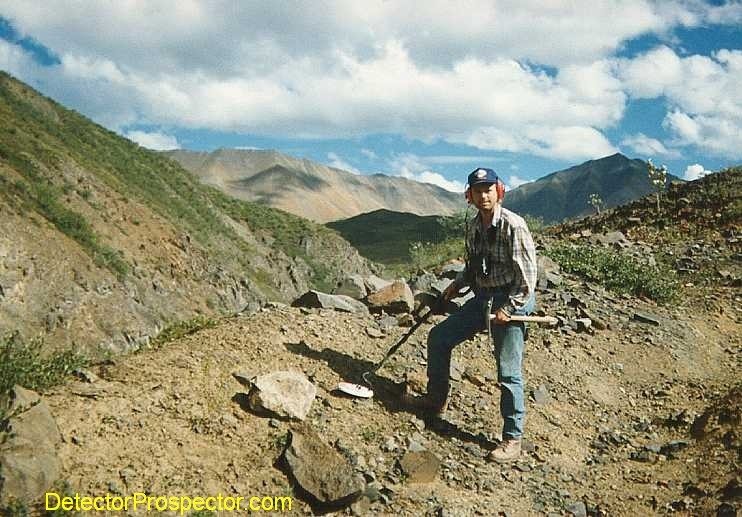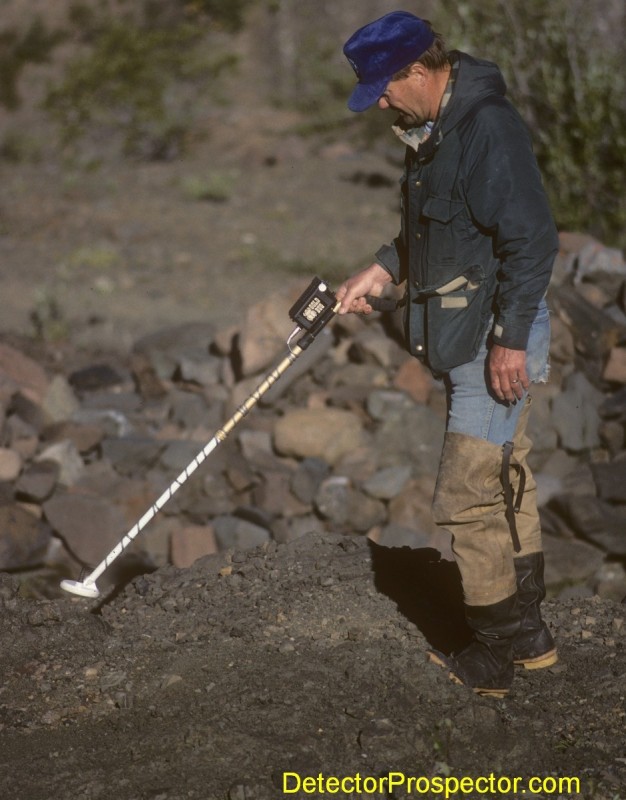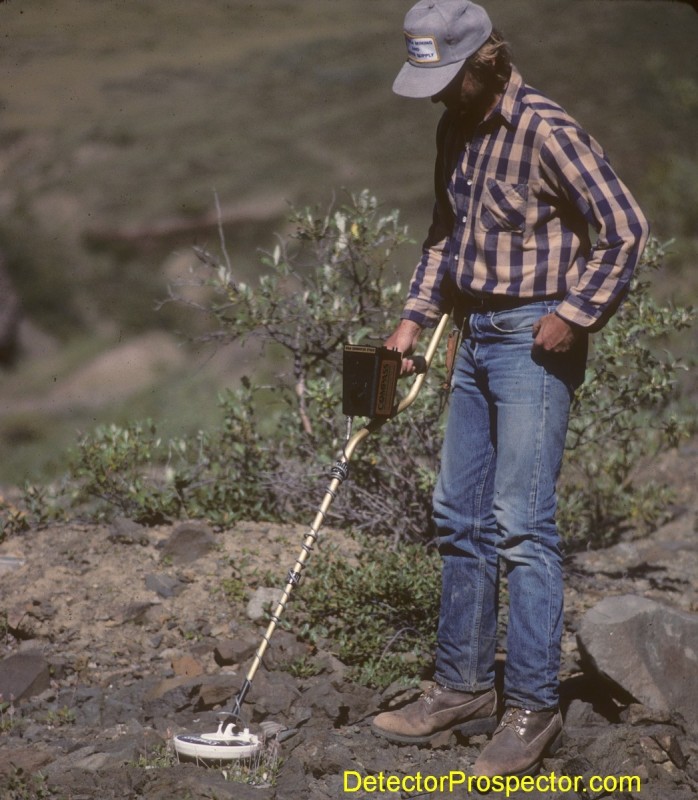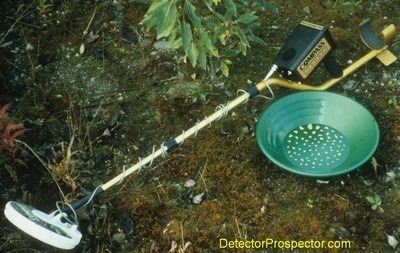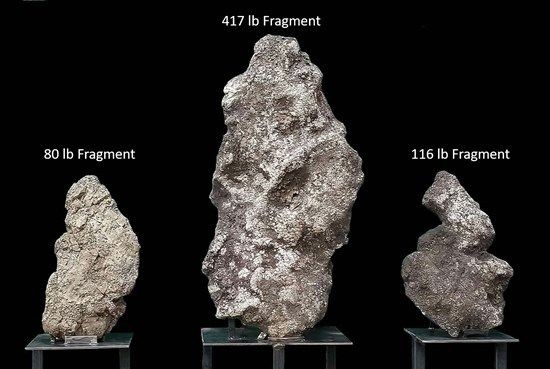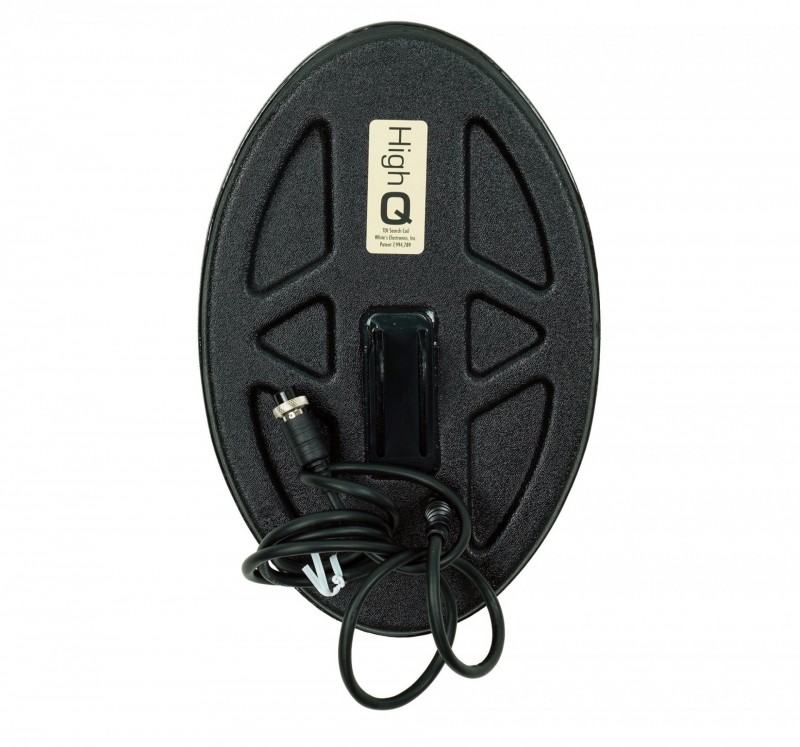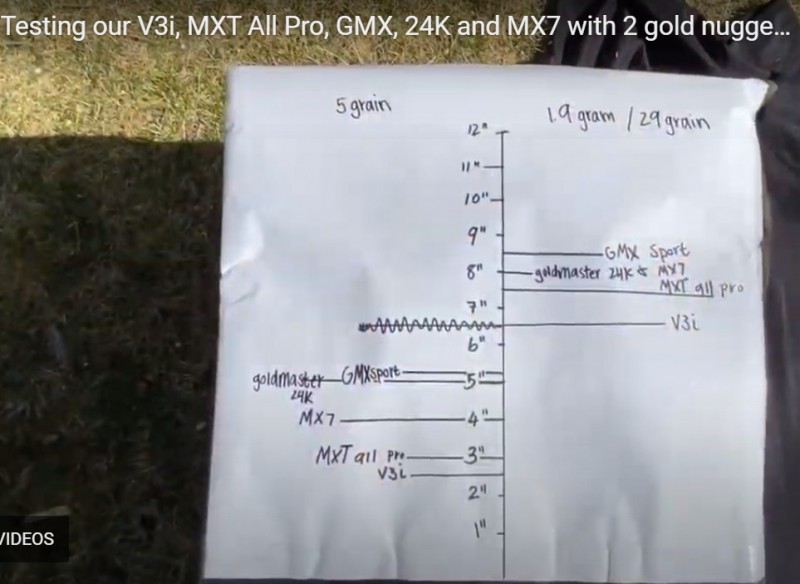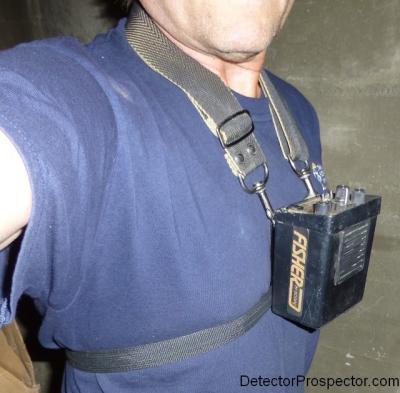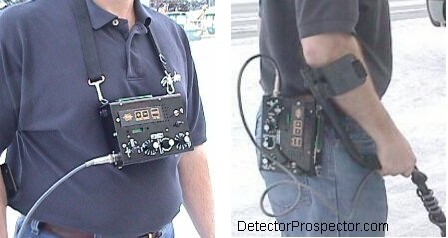-
Posts
19,751 -
Joined
Content Type
Forums
Detector Prospector Home
Detector Database
Downloads
Everything posted by Steve Herschbach
-

Relic Hunting With TDI Beach Hunter
Steve Herschbach replied to Rebel8's topic in White's Metal Detectors
Really? That’s too bad. -

Gold Nugget Air Tests GMX 24K MX7 MXT V3i
Steve Herschbach replied to Jeff McClendon's topic in White's Metal Detectors
Long story short, a properly tuned V3i will outperform an MXT in air tests on gold targets. As always in ground performance is a different thing. The V3i ground balance system leaves a lot to be desired in bad ground. I think this video is fine if viewed as a rough comparison of what to expect of the machines as purchased with stock coils.- 17 replies
-
- whites mxt
- 24k gmx
-
(and 1 more)
Tagged with:
-
Some of you were not around or may not remember the Ace release and AT Pro release. At the time of release those machines made vast jumps in what a person could buy in the way of features and power, at prices far lower than anyone else was offering. Garrett did not get where they are just with videos and social media, they did it by producing detectors and pinpointers that offered great value and sold by the van load. Other manufacturers looked on with envy, but seemed a bit clueless at producing competitive offerings. The AT series had the market to themselves for way longer than they should, and it was not until Equinox that something seriously competed with them. Garrett, unlike First Texas, may be responding to the Minelab and Nokta/Makro threat by producing a detector that offers great power and features for a price that knocks our socks off. I’m thinking serious alternative to Simplex and Vanquish, although not multifrequency. Something that Garrett fans can flock to and sells by the van load. Garrett Apex Data & Reviews
-
Since you mentioned nothing about prospecting and just want a backup/loaner to go along with the Equinox, it’s real hard to go wrong with the Vanquish. And although people mentioned the Time Ranger I got, you can get a Vanquish for less than half as much. For anyone not wanting to actually submerge the detector, a Vanquish 340 at $199 delivered is a lot of power for very little outlay. I like simplicity and with three controls not counting power button, preset ground balance and automatic interference cancel, it’s hard to get much easier.
-

Relic Hunting With TDI Beach Hunter
Steve Herschbach replied to Rebel8's topic in White's Metal Detectors
Good stuff here... https://www.mytreasurespot.com/main/read.php?49,578762,578762 -
Score!
-

A Quick Test Of The Simplex Update (s)
Steve Herschbach replied to cjc's topic in Nokta / Makro Metal Detectors
-

Old Nokta Simplex+ Software Versions?
Steve Herschbach replied to Drago's topic in Nokta / Makro Metal Detectors
Seems like the question was whether anyone has copies of the older software to share, not which version works better. 2.68 was the prior stable version. -

Tarsacci Test W $5 Gold Coin Between Square Nails
Steve Herschbach replied to Aaron's topic in Tarsacci Metal Detectors
It’s easy to go back and edit posts Aaron. Look for the edit button at the bottom of your existing posts. I added the proper video. -
I have quite a few detector things on my to do list right now, but have my last couple weeks of online college classes (poor substitute for the real thing I signed up for), assignments, and finals plus some other stuff all piled up. So I will get too it but might be a week before I get around to it.
-
A rare bird so far. Here is my 24K with the second hand 4" x 6" DD coil from a GMX. Presumably White's will make these with 24K style decals at some point instead of GMX decals. I'm half tempted to peel the decal off but my better sense tells me I may sell it someday and then I'll wish the decal was still on it. We'll see. But the good news for me is I now officially have all four coils for the 24K. I have asked forum member Jim McCullough to let us know when he gets these coils in stock. White's Goldmaster 24K with 4" x 6" DD search coil 8" x 14" DD, 6" x 10" DD, 6.5" round concentric, and 4" x 6" DD search coils for 24K and GMX
-
No. I think it has more range, a better ability to balance to both the ground and a hot rock that is dissimilar to the ground. So you get quieter operation on ground another machine would be noisier on. But absolute depth is what we are talking about, that has not changed. What has gotten a little better is ground handling and stability, which reveals nuggets that may have been missed previously by less skillful or patient operators. Go from a Goldmaster 2 to Goldmaster V/Sat to Goldmaster 3 to Goldmaster 4/B to Goldmaster GMT and now Goldmaster 24K and it’s all just tweaks and twiddles. Reality is simply that there is only so much one can do with a good 50 kHz circuit and 95% of the ability was obtained out of the starting gate. I worked for decades in marketing and frankly people are suckers and easily manipulated. We all hear what we want to hear. It’s that simple. Tell us what we want to hear, we eat it up, even in the face of contradictory facts. People want to hear a new detector will work magic, so just say so and people will buy it. And then they will find ways to prove to themselves they made a wise choice. That’s why LRL buyers swear the machines work. Admitting otherwise is an admission they got ripped off, and it’s a rare person that will do that. It’s not to say the improvements are not real. I would never go back to the Gold Scanner Pro now. I did already and have done that with numerous machines, and proved that going way backwards is never a good idea. It is just that the differences are very subtle and a matter of fractional inches at best, and more often than not just better ground handling capability with deliver more apparent depth, not quite the same thing as absolute depth. Minelab does it as do they all. Going from the SD 2000 to SD2100 to SD2200 to GP Extreme to GP 3000 to GP 3500 to GPX 4000 to GPX 4500 to GPX 4800 to GPX 5000 from start to finish was a huge change. But each step was small along the way and a couple barely any difference at all. The big steps were SD to GP to GPX.
-
I have two plus an original Gold Bug, the one seen in this picture. I am going to send it to Fisher to get refurbished and the coil matched to the detector. I will probably sell the other coil, one of the two I grabbed out of stock decades ago and put aside as I knew they would become rare. But they only work on that old original analog 19 kHz Gold Bug. Not as hot as you might think as the old 19 kHz model was lower gain than the new model, but handled super hot ground better because of that. Amazing nook and cranny coil though would love one for modern machines. Almost closer to being a probe than a coil. Steve's sister with 4 dwt gold nugget she found with Gold Bug
-
From what I’ve seen with Equinox a dedicated Multi-IQ prospecting machine will be something. I’d kind of like to putter with a Tarsacci for nugget detecting but would again rather see a machine made for that use rather than force a beach detector to do something it was not designed for. Single frequency for nugget detecting however has not changed substantially in decades. This is the genuine truth whether people like it or not. When it comes to depth on larger gold nuggets and target id no single frequency detector made since does any better than my 13.77 kHz Compass Gold Scanner Pro did in 1990. And for smaller gold nothing has changed much in single frequency since my 50 kHz Goldmaster II in 1992. The machines have gotten more stable and lighter, with things like wireless and waterproof. But single frequency depth and sensitivity plus discrimination accuracy are basically the same as 30 years ago. All this marketing about more depth and more sensitivity is mostly an illusion, with the same old tech endlessly repackaged. My iPhone is an amazing thing, but does it really make a phone call better than a 30 year old dial up land line? Actually, maybe not as good. That is why most of my VLF reviews the last twenty years have eschewed competitive depth tests and focused on features. Because in most cases that’s all you are buying, and thinking some new single frequency VLF is really going to change anything... I’m way past believing that. These machines actually were game changers..... Bud Herschbach with original 19 kHz Fisher Gold Bug and 3-3/4" coil In 1990 The Gold Bug was 19 kHz, “S” rod, super light, hip or chest mount, elliptical coils... revolutionary physical design for the day, but no discrimination. Steve Herschbach with 13.77 kHz Compass Gold Scanner Pro in 1990 The Gold Scanner Pro had great depth on larger gold in particular, and was mixed mode - full metal audio with separate full range visual discrimination meter at same time. A nugget machine way ahead of its time but unfortunately touchy and unstable, very knock sensitive. Makes a Gold Monster look rock solid for coil knock sensitivity by comparison! Steve with White's Goldmaster II in 1992 The Goldmaster II at 50 kHz was the first true high frequency nugget hunter, and blasted previously low producing locations wide open with its small gold capability. The Gold Bug 2 at 71 kHz in 1995 bested it on tiny gold but at some sacrifice on larger gold at depth. Recent designs have again validated the 45 to 50 kHz range as offering the best balance overall for depth on larger gold while retaining small gold sensitivity. Anyone who actually puts one of these machines up against the best made today would be shocked at how far we have not come with VLF in the last 30 years. The real advances were made in PI and frankly when it comes to the most serious prospectors Minelab has owned that market ever since the SD 2000 in 1995. Even there, put a good 18” coil on a SD 2000, people would also be surprised at how little has been done since to advance depth on multi ounce and larger nuggets. PI capability on small gold advanced by leaps and bounds, but the lunker nugget capability not much at all. That’s why we read all those tales from twenty years ago and why new huge nugget finds are so rare.
-
Just goes to show there is an exception to every rule and how learning any one detector is paramount. I learned something today! I really enjoy using VLF metal detectors, but after so many years of using the best PI detectors and then the GPZ 7000 they are in another way always a disappointment. That pictures looks very familiar! I normally hunt places where the best VLF detectors get 50% of the depth quoted by most internet sources, including the videos. Information sources counted as gospel by many are fairly clueless when it comes to detecting in extreme mineralization. As you noted there are places where just getting a VLF to function is a challenge. The most disappointing thing of all is how poor discrimination really is. I have seen ground where the best VLF detectors made call a .22 shell casing sitting on top of the ground as a ferrous target!! So while I use VLF detectors a lot I can never really count on them when the going gets serious. The lack of depth and unreliable discrimination means you need a good PI or GPZ and have to dig every target in a high value location. What I really need is a SDC 2300 in a 24K type package with coils to match.
-
Congratulations on that first V nickel!
-

It’s About Amps And Not Volts......??
Steve Herschbach replied to Tony's topic in Detector Prospector Forum
I agree, power is just one part of the equation. Circuit design, especially a well designed noise eliminating receive circuit using the highest quality components.... there is a lot more difference between a TDI and Minelab than just battery power. -

Silver Boulders Found In Arizona
Steve Herschbach replied to Glenn in CO's topic in Detector Prospector Forum
-
-
This coil is being advertised at quite a few dealers now for $179.95. Which is great, available now for existing TDI owners. I had to chuckle though. They all are advertising it as “Whites 7.5″ x 12″ TDI HI-Q Dual Field Coil for MX Series Metal Detector” Makes me wonder sometimes if I am the only one that notices stuff like this.
-
I have a current account on their website with current email address, have sent in numerous warranty cards, won find of the month, work with engineering, have dozens of articles published in their website. Never ever get a promotional email or real mail from them.
-

Tennessee Coin & Relic Hunting With A Pi
Steve Herschbach replied to tim Fara's topic in Metal Detecting For Coins & Relics
I agree, TDI or GPX. Skip the ATX. When the ATX came out a GPX was a LOT more expensive, but price decreases since then no longer make the ATX very attractive compared to the GPX given its various limitations. And a GPX is not any harder to learn than a TDI. You don’t use 70% of the settings, just the pre-sets with a few minor adjustmments.- 17 replies
-
- garrett atx
- minelab gpx
-
(and 1 more)
Tagged with:
-

Gold Nugget Air Tests GMX 24K MX7 MXT V3i
Steve Herschbach replied to Jeff McClendon's topic in White's Metal Detectors
The concentric is exceptionally hot on tiny gold and still works fine in the worst ground, just not as good as a DD. When nugget detecting 1/4” or 1/2” is a big difference one way or the other. And most people who buy nugget detectors never really do that much detecting or know the difference anyway. As I have noted much of my ground is mild and the concentric would be my main coil. A lot of ground in the U.S. is not that bad. My haunts in Alaska were like New Zealand, very low mineral, and concentric the way to go. But there is magnetite serpentine ground in the Sierras as bad as anything in Australia. That’s when the DD comes in handy.- 17 replies
-
- whites mxt
- 24k gmx
-
(and 1 more)
Tagged with:
-

Gold Nugget Air Tests GMX 24K MX7 MXT V3i
Steve Herschbach replied to Jeff McClendon's topic in White's Metal Detectors
The 6 x 10 DD is for high mineral ground, will pull ahead of the concentric in the worst ground. Air tests only tell part of the story, duplicating "no mineral" ground conditions. That's good enough for lots of people, especially loamy park type hunters. Not so useful for me as I get half the depth these air tests show.- 17 replies
-
- whites mxt
- 24k gmx
-
(and 1 more)
Tagged with:
-

Jimmy Sierra TDI Pro Chest Harness !!!!
Steve Herschbach replied to RickUK's topic in White's Metal Detectors
I have done a lot of chest mount detecting. The cable is a concern where it meets the control box if it is getting bent every time you bend over. Common if going straight down against belly and doing lots of bending over to dig. I’ll never forget a soldering job I had to do in the remote mountains of Alaska with a nail and pliers heated over a stove and just enough remnant solder to get the job done. So watch that area, and reinforce it with shrink wrap or electrical table to reduce severe repetitive bending, or reposition the box somewhere else. You can mount the box sideways so the cable comes out the side instead of bottom, or hip mount it.

